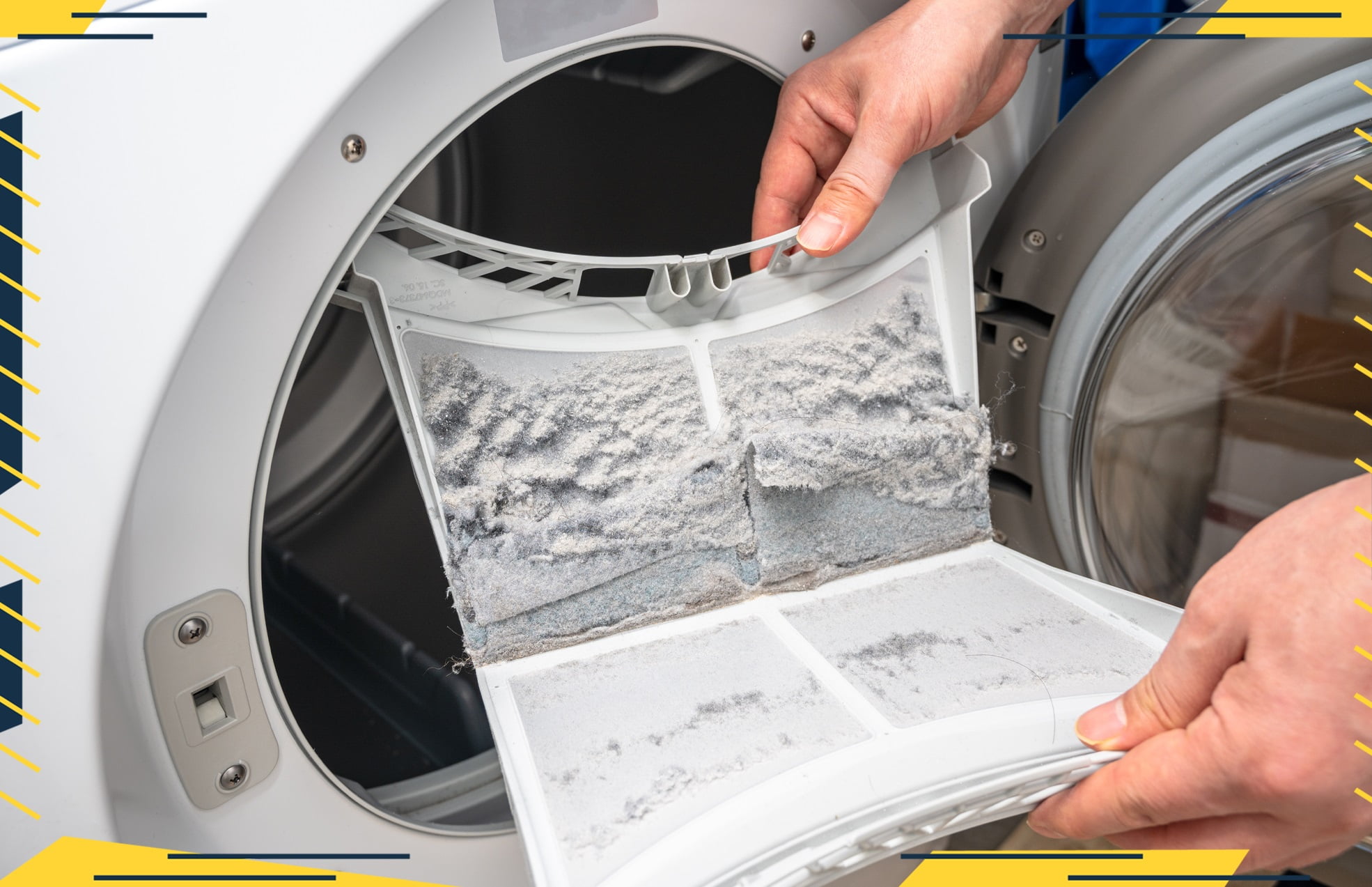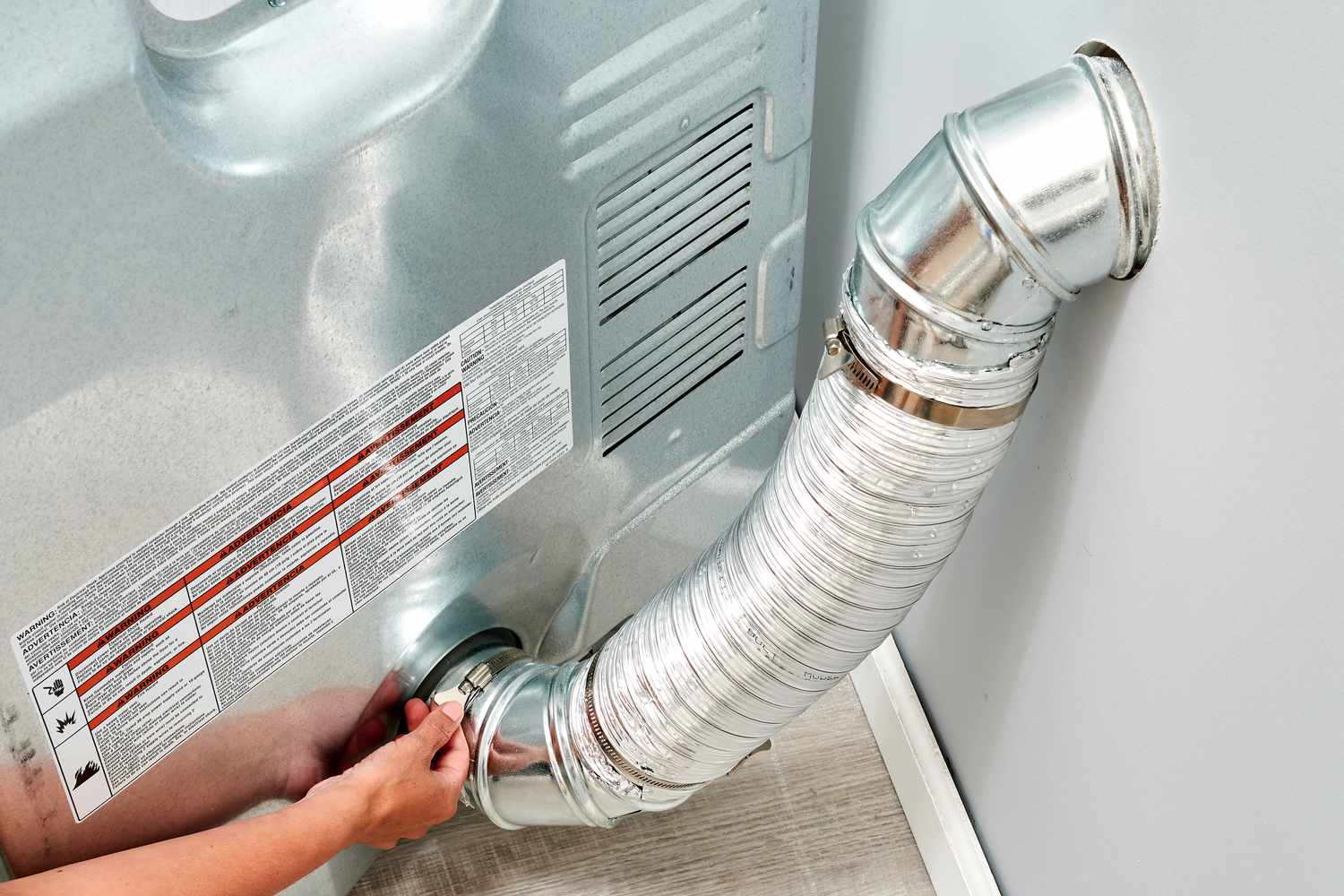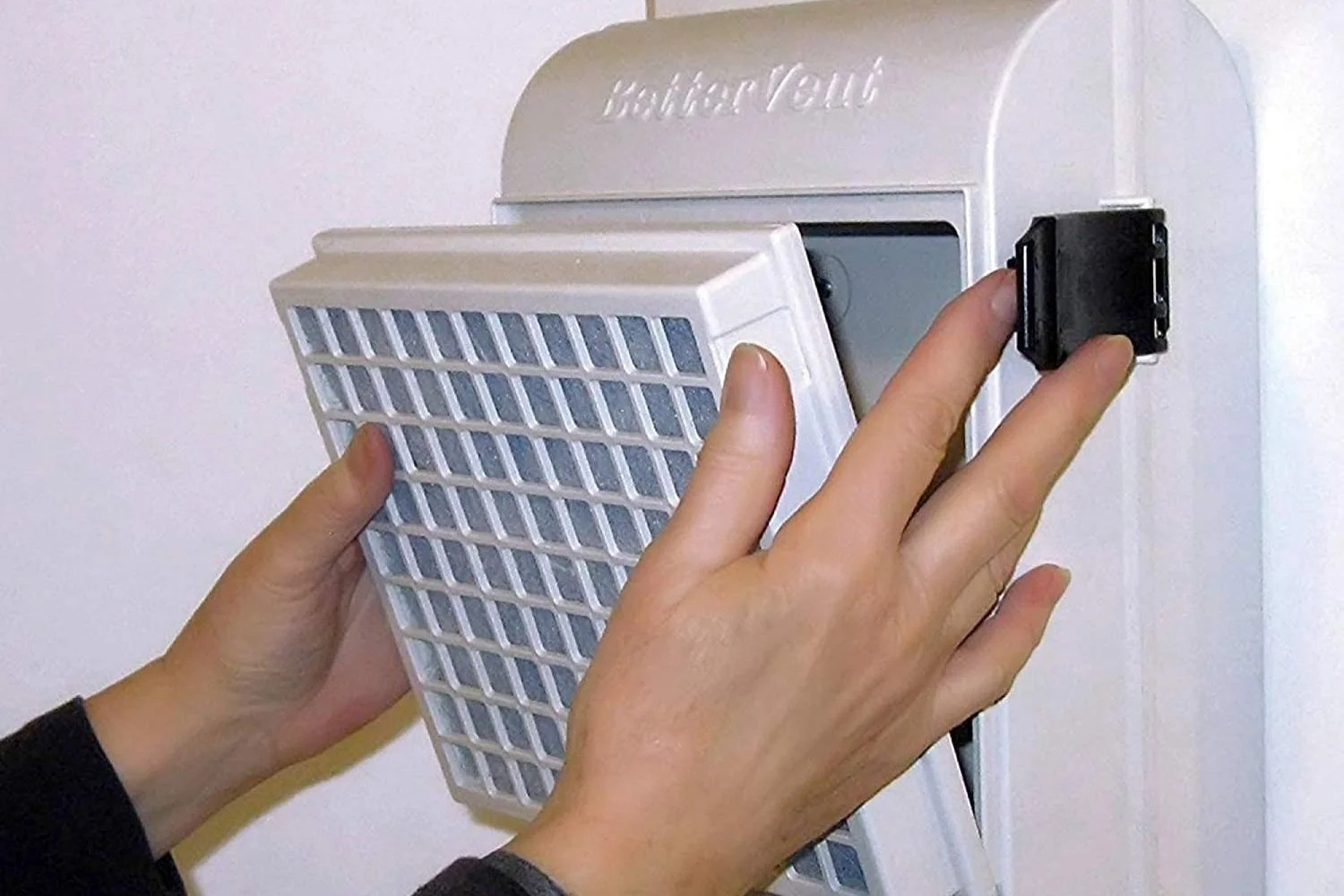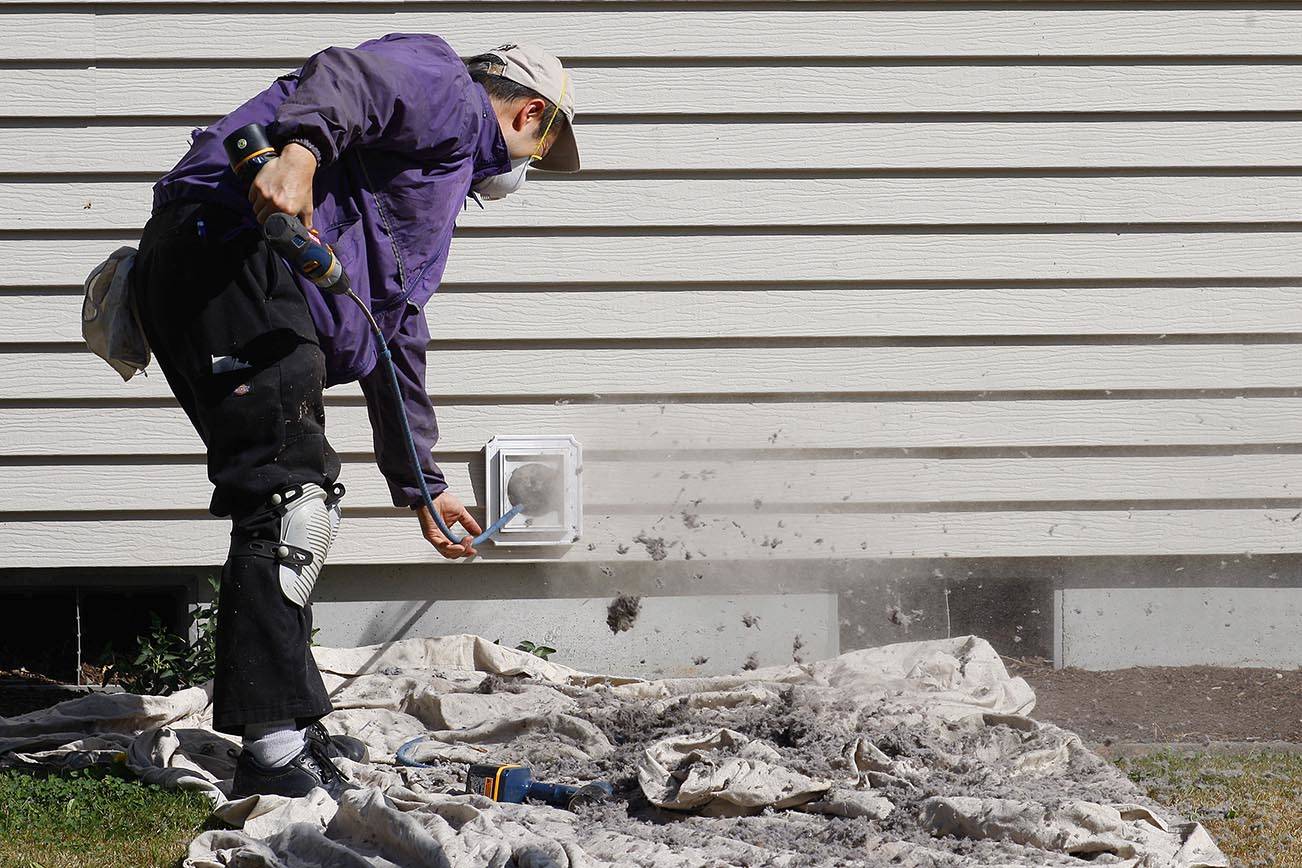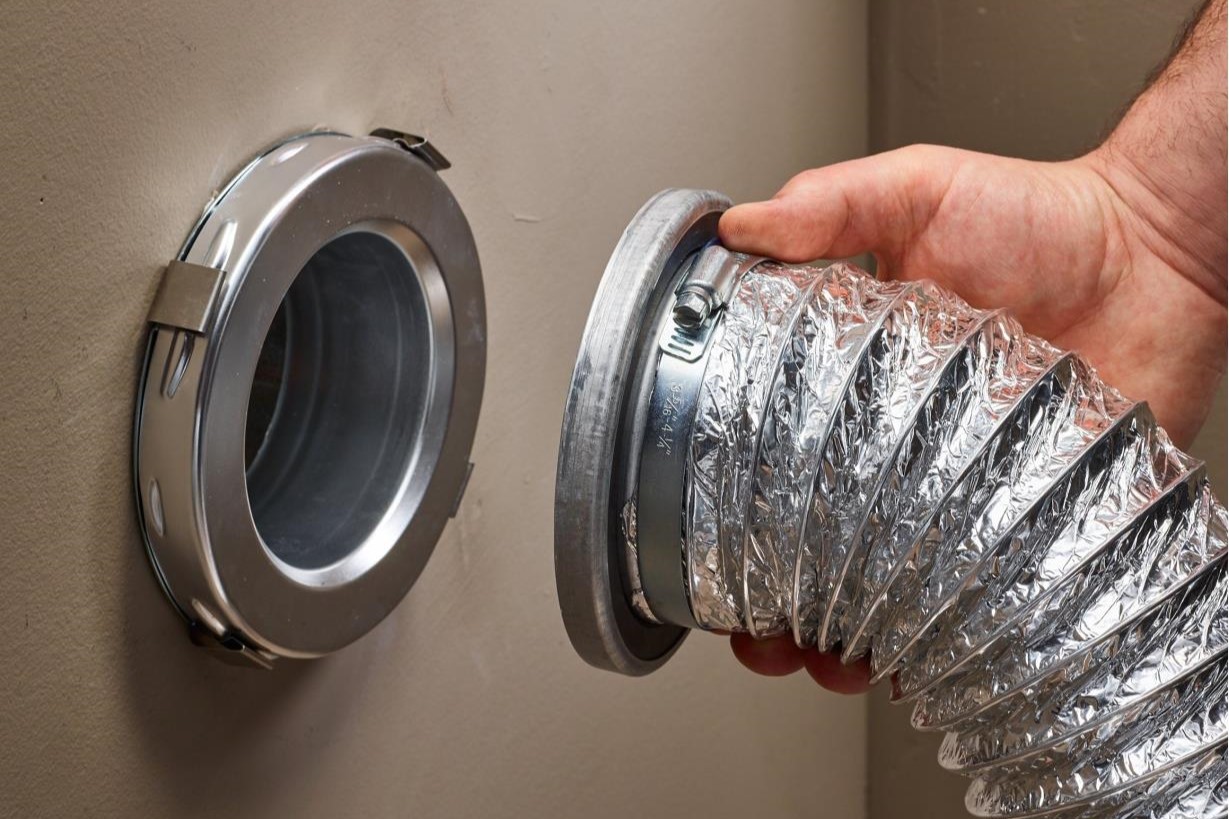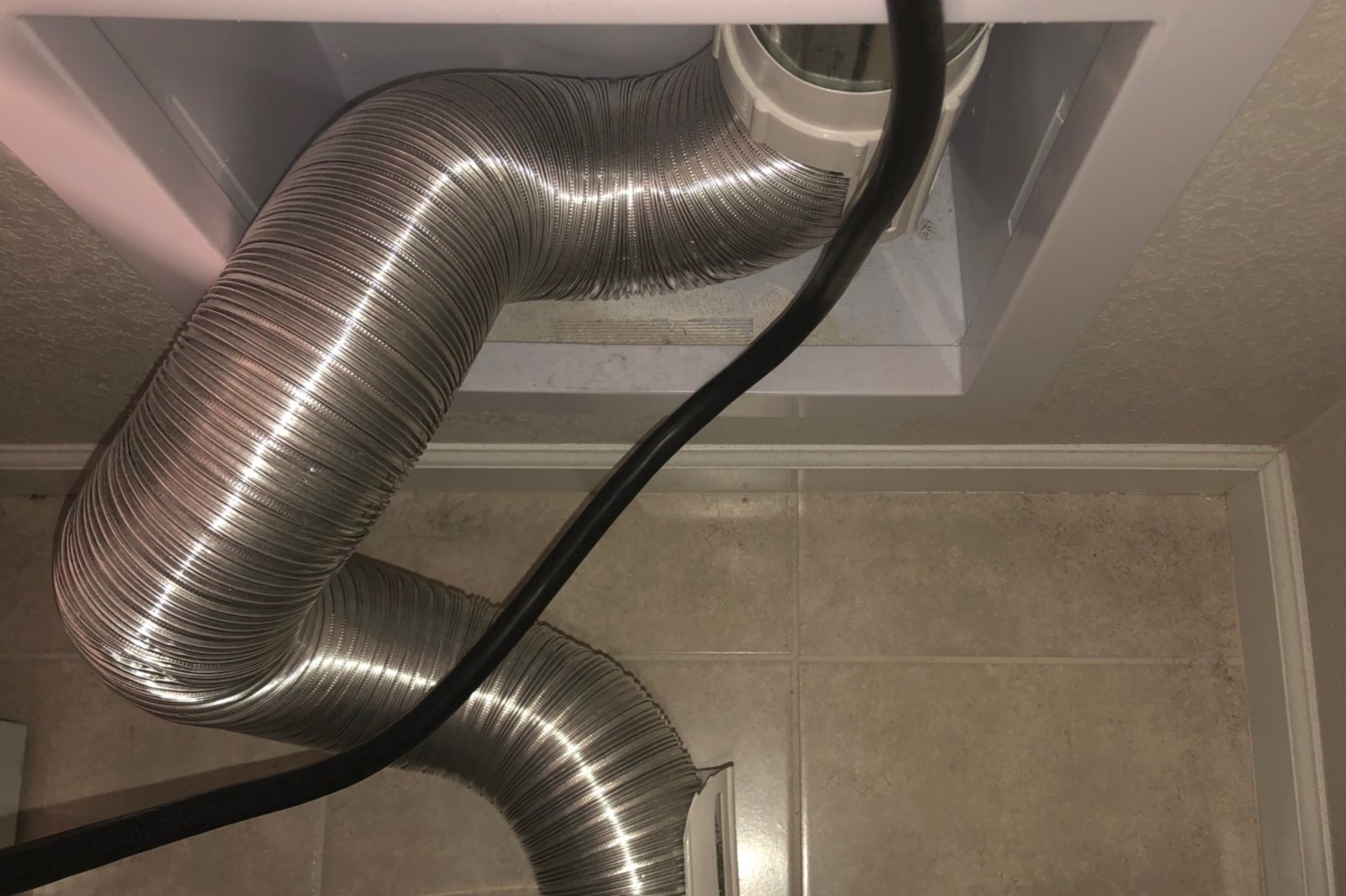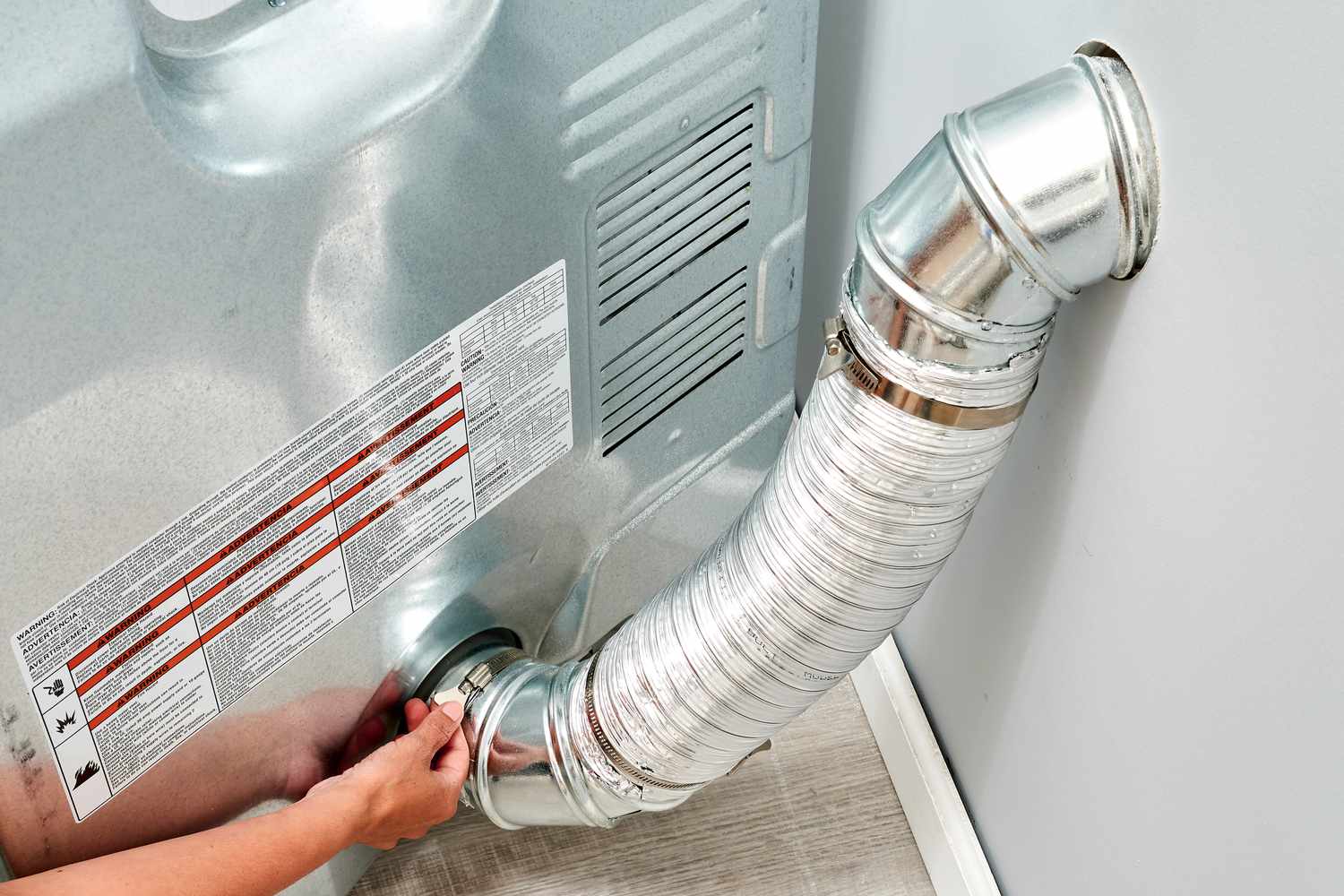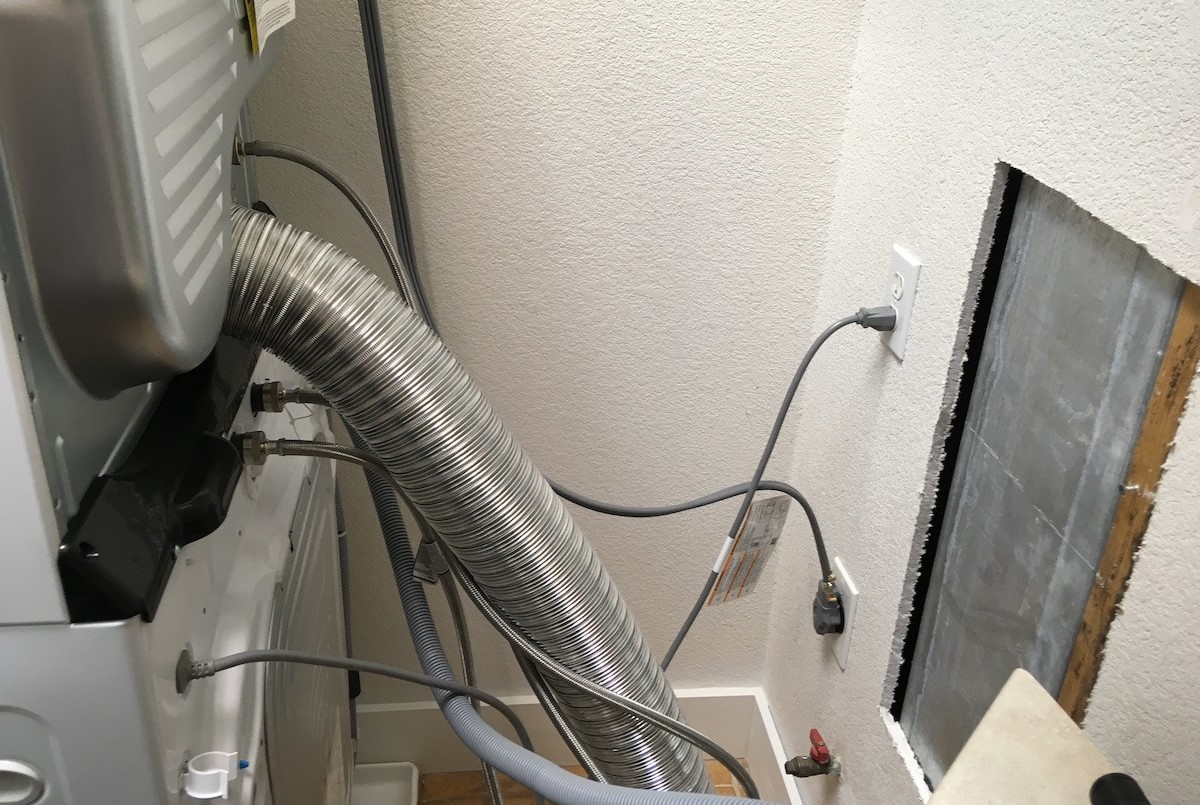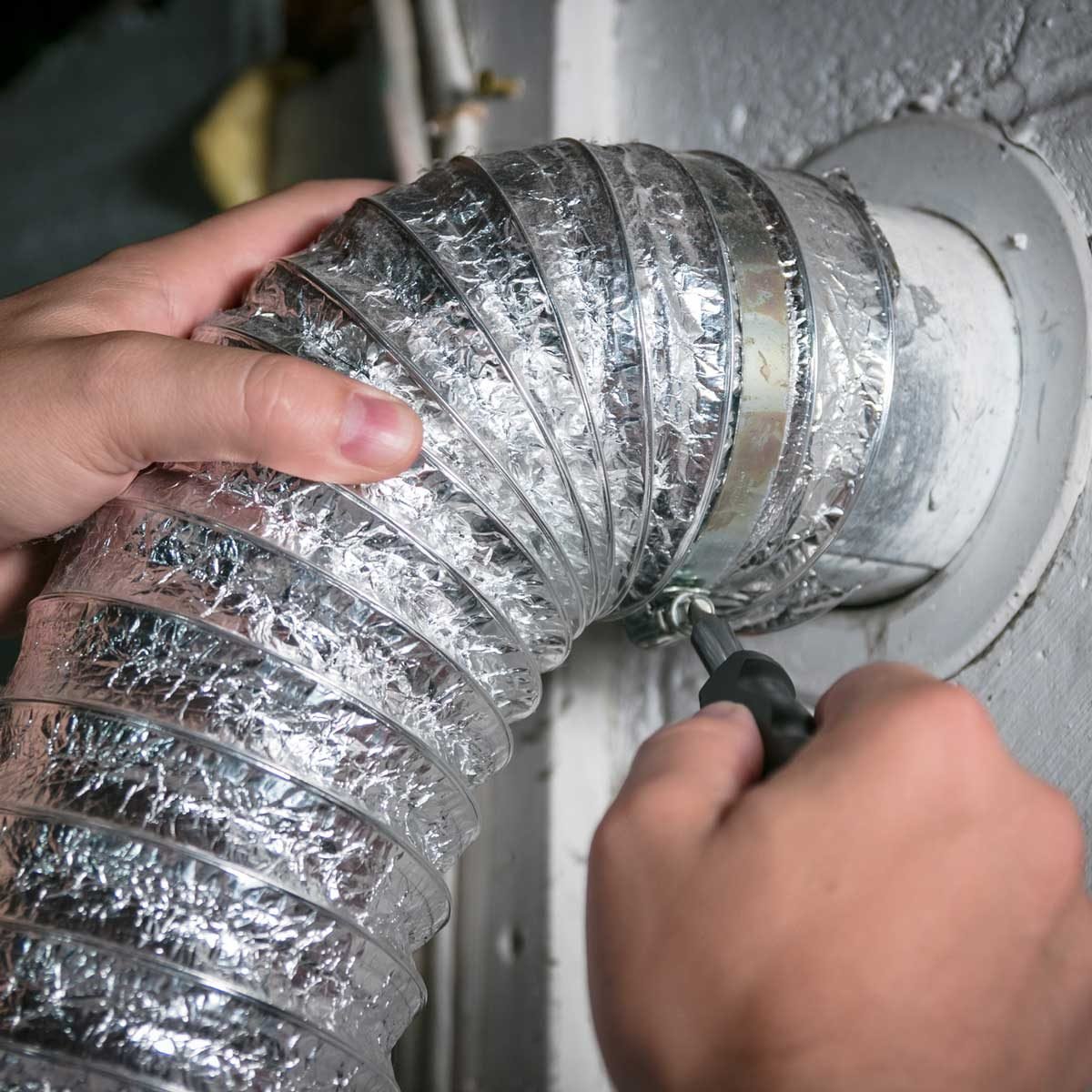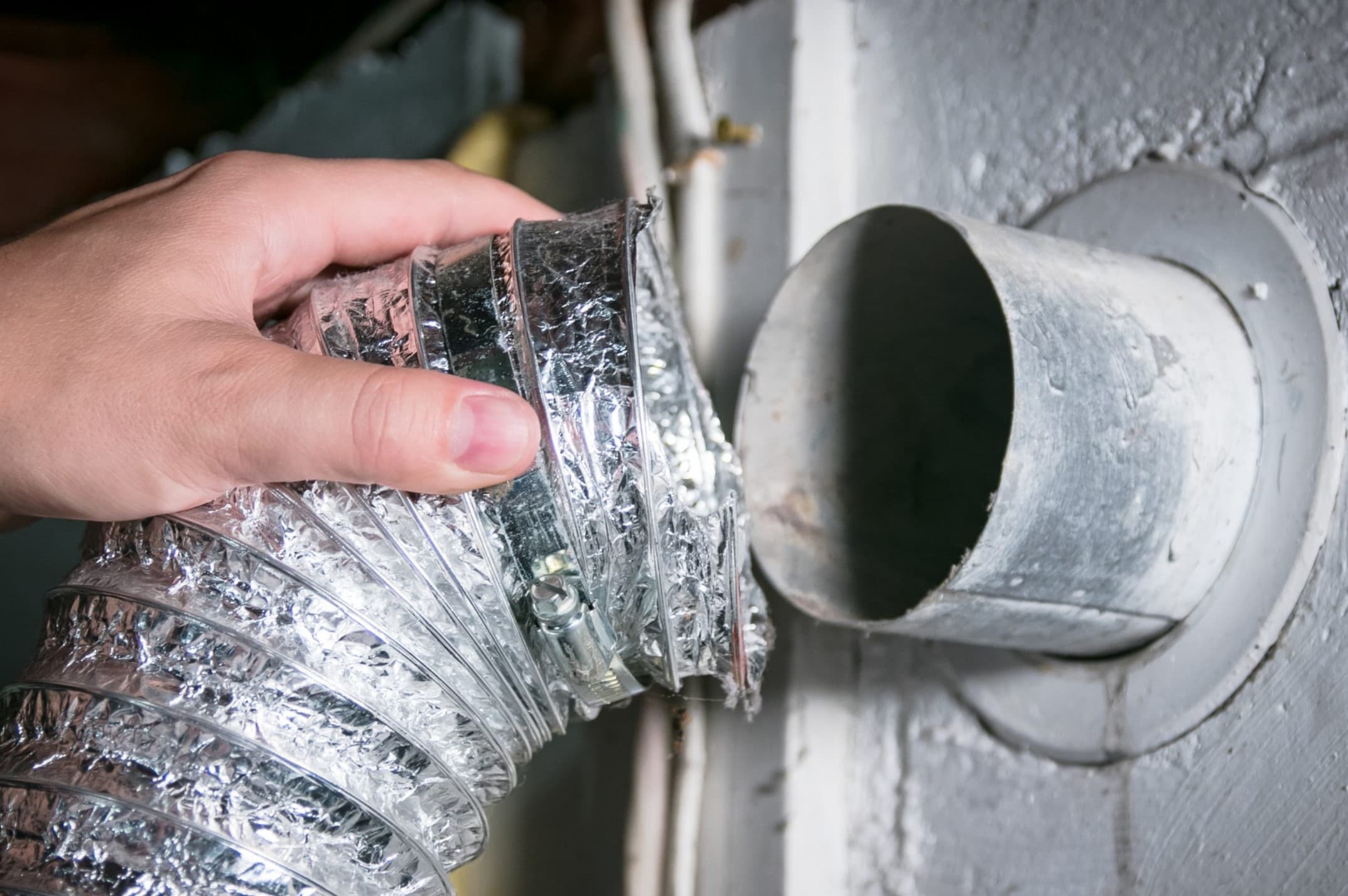Home>Home Maintenance>How To Keep Rodents Out Of A Dryer Vent
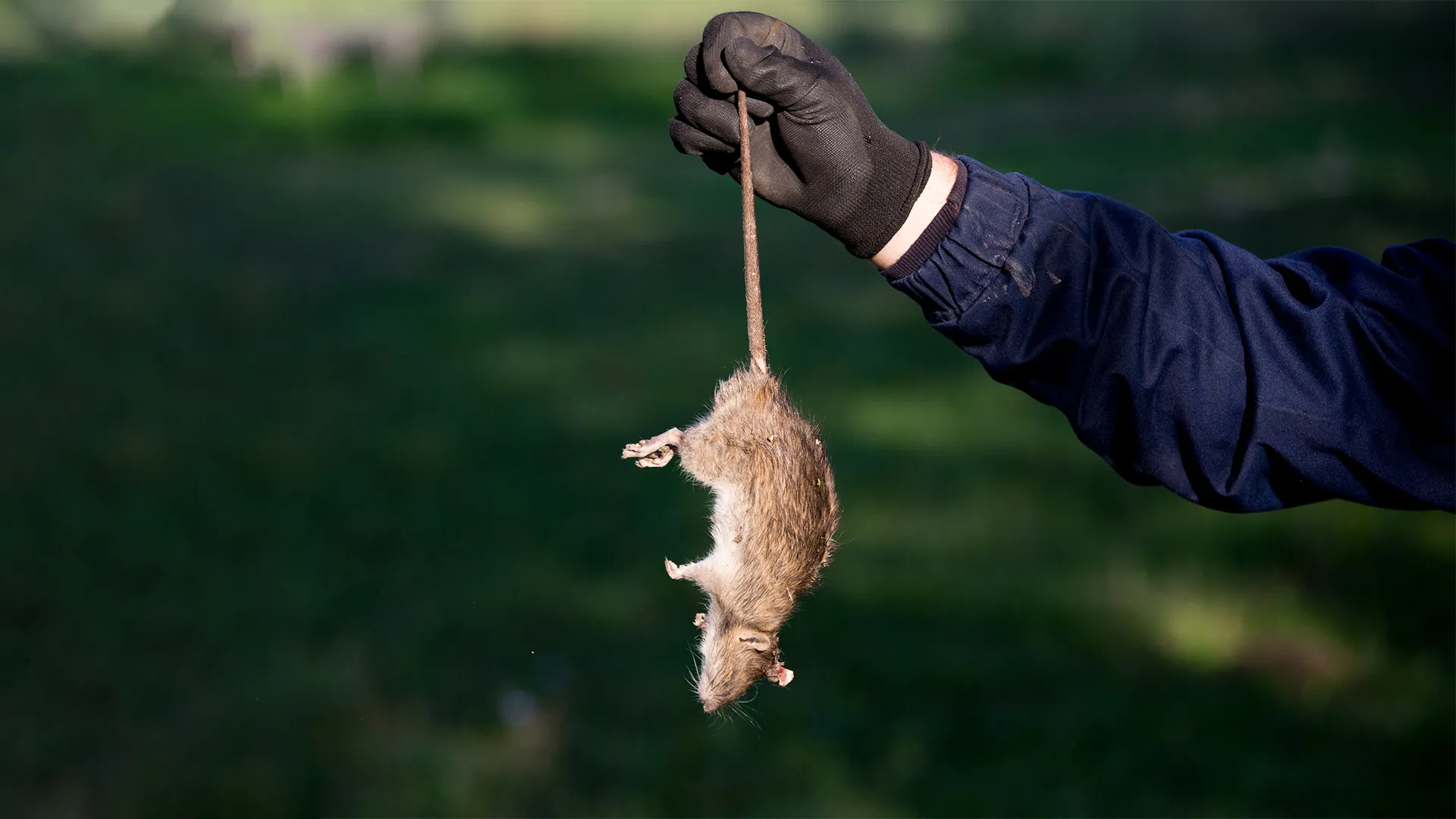

Home Maintenance
How To Keep Rodents Out Of A Dryer Vent
Modified: August 28, 2024
Learn effective home maintenance tips to keep rodents out of your dryer vent and maintain a safe and efficient laundry system.
(Many of the links in this article redirect to a specific reviewed product. Your purchase of these products through affiliate links helps to generate commission for Storables.com, at no extra cost. Learn more)
Introduction
Keeping your dryer vent free from rodents is essential for maintaining a safe and efficient home. Rodents, such as mice and rats, are attracted to dryer vents due to the warmth, shelter, and potential food sources they provide. However, the presence of rodents in your dryer vent can lead to various problems, including clogged vents, electrical issues, and health hazards.
In this comprehensive guide, we will delve into the reasons why rodents are attracted to dryer vents and explore the potential risks and hazards associated with their presence. We will also provide you with practical tips and effective strategies on how to identify, locate, and seal off entry points, as well as how to clear and clean your dryer vent system. Additionally, we will discuss the installation of protective measures and explore natural repellents and deterrents to keep rodents at bay. Lastly, we will emphasize the importance of regular maintenance and inspections to prevent future rodent infestations.
By implementing the information and techniques shared in this article, you can safeguard your dryer vent from rodent intrusions, ensuring your home’s safety, energy efficiency, and peace of mind.
Key Takeaways:
- Regularly clean your dryer vent to prevent rodent infestations, reduce fire hazards, and maintain energy efficiency. Seal off entry points and use natural repellents for effective rodent prevention.
- Stay vigilant by inspecting your dryer vent for signs of rodent activity, trimming vegetation, and securing vent covers. Educate household members and consider professional inspections for comprehensive rodent prevention.
Read more: How To Keep Birds Out Of Dryer Vent
Understanding the Attraction of Rodents to Dryer Vents
Rodents are naturally drawn to dryer vents due to the numerous factors that make them appealing. Firstly, dryer vents emit warm air as the hot air from the dryer is expelled outside. This warmth provides a cozy nesting spot for rodents seeking shelter from the cold.
Secondly, dryer vents often accumulate lint and other debris, creating an ample food source for rodents. Lint is composed of small fibers and particles, making it an appealing option for rodents to nibble on. Additionally, rodents may be attracted to food remnants or food scraps that have become trapped in the vent system.
Furthermore, dryer vents often have small openings or gaps that serve as easy access points for rodents. These vents are typically located on the exterior of the house, making them easily accessible for rodents to enter and exit.
It is important to understand these factors that attract rodents to dryer vents in order to effectively prevent them from infesting your vent system. Taking proactive measures to address these attractions will help safeguard your home and prevent potential damage.
Common Signs of Rodent Infestation in Dryer Vents
Detecting a rodent infestation in your dryer vents is crucial to promptly address the issue and prevent further damage. Here are some common signs to look out for:
- Droppings: Rodents, such as mice and rats, leave behind droppings that are typically small and cylindrical in shape. If you notice droppings near your dryer vent or inside your laundry area, it could indicate a rodent infestation.
- Gnaw marks: Rodents have a constant need to gnaw to trim their teeth, leading them to chew on various materials. Check for gnaw marks on the dryer vent ducts or nearby objects, as this can be a clear sign of rodent activity.
- Noises: Pay attention to any unusual scratching, scurrying, or squeaking sounds coming from your dryer vent or walls. Rodents are active primarily during the night, so you may notice these noises more during quiet hours.
- Nesting materials: Rodents will seek out soft materials to build their nests, which may include pieces of lint, fabric, insulation, or other debris found in or around the dryer vent. Spotting these materials near the vent is a good indication of rodent activity.
- Foul odors: A strong, musky odor coming from your dryer vent could be a sign of a rodent infestation. Rodents carry a distinct scent, and their urine and droppings can emit foul smells when accumulated over time.
- Reduced airflow: If your dryer vent is suddenly experiencing reduced airflow, it may be due to rodents building nests or clogging the vent with debris. Keep an eye out for lint or unusual obstructions when inspecting the vent.
If you notice any of these signs, it is important to take immediate action to address the rodent infestation in your dryer vent. Ignoring the problem can lead to further damage, increased energy consumption, and potential health risks. Consult a professional or follow the steps outlined in this guide to effectively eliminate the rodents and prevent future infestations.
Potential Risks and Hazards of Rodents in Dryer Vents
Having rodents in your dryer vents poses various risks and hazards that can have detrimental effects on your home and your well-being. Here are some potential risks to consider:
- Fire Hazard: One of the most significant dangers of rodents in dryer vents is the increased risk of fire. Rodents can gnaw on electrical wires, including the wiring inside the dryer vent, potentially causing a short circuit and igniting lint or other flammable materials. The accumulation of lint in the dryer vent, combined with the presence of rodents, creates a hazardous combination that can lead to a devastating fire.
- Clogged Ventilation: Rodents often carry nesting materials, such as lint, fabric, and other debris, into the dryer vent. Over time, this can lead to a buildup of blockages, impeding proper airflow and ventilation. Reduced airflow not only decreases dryer efficiency but also increases the risk of overheating and potential system malfunctions.
- Energy Inefficiency: Clogged dryer vents caused by rodents can significantly impact the energy efficiency of your dryer. When the vent is obstructed, the dryer must work harder and longer to dry your clothes, leading to increased energy consumption and higher utility bills.
- Health Hazards: Rodents are carriers of various diseases and parasites that can pose serious health risks to you and your family. Their droppings and urine can contaminate the air and surfaces in your home, causing respiratory problems and allergic reactions. Additionally, rodent bites and scratches can transmit diseases, such as hantavirus, salmonella, and rat-bite fever.
- Structural Damage: Rodents have a tendency to gnaw on various materials, including wood, insulation, and wiring. If they gain access to other areas of your home through the dryer vent, they can cause significant damage to your property’s structure. This can lead to costly repairs and compromised safety.
- Unpleasant Odors: The presence of rodents and their nesting materials in your dryer vent can create unpleasant odors that permeate your home. These odors may be difficult to eliminate and can affect the overall indoor air quality, creating an uncomfortable living environment.
To mitigate these risks and hazards, it is crucial to promptly address any rodent infestation in your dryer vents. By taking the necessary steps to remove the rodents, clean the vent system, and implement preventive measures, you can protect your home, your family, and your peace of mind.
How to Identify and Locate the Entry Points for Rodents
Identifying and locating the entry points for rodents in your dryer vents is crucial for effectively addressing the issue. Here are some steps to help you identify and locate these entry points:
- Inspect the Exterior: Start by examining the exterior of your home. Look for any gaps, cracks, or openings near the dryer vent where rodents could enter. Pay close attention to areas around the vent cap, exhaust vent, and any visible seams or joints.
- Examine the Dryer Vent Duct: Carefully inspect the dryer vent duct from the outside. Look for signs of damage or wear that may have created gaps or openings for rodents. Check for loose or disconnected sections of the duct that could serve as potential entry points.
- Check for Chew Marks: Rodents have a natural instinct to gnaw on various materials. Look for chew marks on the dryer vent duct, especially near the opening or around any visible seams. These marks can indicate the presence of rodents and their potential entry points.
- Inspect the Interior: Gain access to the interior of your dryer vent system by disconnecting the dryer and removing the vent hose. Use a flashlight to examine the inside of the vent duct. Look for any signs of nesting materials, droppings, or rodent activity that may indicate an entry point.
- Pay Attention to Smells: Rodents have a distinct smell, especially when present in large numbers. If you notice any foul or musky odors emanating from your dryer vent, it could indicate a nearby entry point where rodents are congregating.
- Use a Smoke Test: If you are having difficulty identifying the precise entry point, you can perform a smoke test. Tape a piece of thin, colored cloth or tissue paper over the dryer vent opening from the outside. Turn on the dryer for a few minutes, and if you see the cloth or tissue moving or being pushed out, it can indicate the location of the entry point.
By thoroughly inspecting your dryer vent system and identifying the entry points, you will be better equipped to address the rodent infestation and implement preventive measures. Remember to exercise caution when conducting inspections and seek professional assistance if needed.
Read more: How To Keep Rodents Out Of My Tool Shed
Seal and Secure the Dryer Vent Entry Points
Once you have identified the entry points for rodents in your dryer vent system, it is crucial to seal and secure these areas to prevent further infiltration. Here are some steps to effectively seal off the entry points:
- Inspect the Area: Thoroughly examine the identified entry points for any gaps, cracks, or openings. Determine the materials needed to seal these areas and ensure they are readily available.
- Clean and Clear the Area: Before sealing the entry points, clear away any debris, lint, or nesting materials that may be present. Use a vacuum or a soft brush to clean the surrounding area and ensure a clean surface for proper sealing.
- Choose the Right Materials: Select appropriate sealing materials based on the size and location of the entry points. For small gaps or cracks, silicone caulk or expanding foam sealant can be effective. For larger openings, consider using wire mesh or metal flashing to create a barrier against rodent entry.
- Apply the Sealant: Use a caulk gun or a foam applicator gun to apply the chosen sealant into the gaps or cracks. Ensure that the sealant completely fills the openings and forms a secure barrier. Follow the manufacturer’s instructions for the proper application and drying time of the sealant.
- Secure with Wire Mesh: In situations where the entry points are larger or more persistent, secure wire mesh or metal flashing over the openings. Cut the mesh to fit the size of the entry point and use screws or adhesive to firmly attach it, creating an impenetrable barrier for rodents.
- Inspect and Reinforce: After sealing the entry points, thoroughly inspect the area to ensure that all openings are properly sealed. Double-check for any potential gaps or weak spots that may need additional reinforcement. Repeat the sealing process if necessary to ensure complete security.
By taking the time to seal and secure the entry points of your dryer vent system, you can effectively prevent rodents from infiltrating and causing further damage. Keep in mind that regular maintenance and inspections of the vent system are crucial to identify and address any new entry points that may arise over time.
Regularly clean and inspect your dryer vent to ensure there are no openings for rodents to enter. Install a vent cover with a mesh screen to prevent them from getting in.
Clearing and Cleaning the Dryer Vent System
Clearing and cleaning your dryer vent system is essential for maintaining its efficiency and preventing potential hazards. Here are the steps to effectively clear and clean your dryer vent:
- Disconnect the Dryer: Start by unplugging or disconnecting the dryer from the power source. This ensures your safety while working on the vent system.
- Remove the Vent Hose: Detach the vent hose from the back of the dryer. Depending on the type of connection, you may need to unscrew or loosen a clamp to release the hose.
- Clear the Vent Opening: Use a vacuum cleaner or a lint brush to clear any lint or debris from the dryer vent opening on the exterior of your home. Make sure to remove any obstructions that may hinder proper airflow.
- Clean the Vent Hose: Inspect the vent hose for any accumulated lint or debris. Use a lint brush or a vacuum cleaner with a narrow attachment to thoroughly clean the interior of the hose. Pay close attention to bends and crevices where lint tends to accumulate.
- Clean the Vent Duct: Attach a vent cleaning brush to a flexible rod or feed it through the vent duct from the outside. Move the brush back and forth, ensuring it reaches the entire length of the duct, to dislodge any lint or debris. Repeat this process several times to thoroughly clean the duct.
- Remove Lint from the Dryer Vent Opening: After cleaning the vent duct, remove any loosened lint or debris from the dryer vent opening using a vacuum cleaner or a lint brush.
- Reconnect the Vent Hose: Reattach the vent hose to the back of the dryer, ensuring a secure and proper connection. Use a clamp or tighten any screws, if necessary, to hold the hose in place.
- Plug in the Dryer: Once the vent hose is properly connected, plug in or reconnect the dryer to the power source.
- Perform a Test Run: Run your dryer for a few minutes to ensure proper airflow and check for any abnormal sounds or performance issues. Monitor the vent opening outside to ensure that air is freely flowing.
Regularly clearing and cleaning your dryer vent system maintains optimal airflow, prevents clogs, and reduces the risk of fire hazards. Aim to clean your dryer vent at least once a year or more frequently if you notice reduced performance or suspect a buildup of lint and debris. By keeping your dryer vent clean, you can ensure its efficient operation and prolong its lifespan.
Installing Protective Measures to Keep Rodents Out
Preventing rodents from entering your dryer vent system is essential for maintaining a rodent-free home. Here are some protective measures you can take to keep rodents out:
- Install a Vent Cover: Consider installing a vent cover or cap with a mesh screen over the exterior dryer vent opening. This prevents rodents from entering while still allowing proper airflow. Make sure the mesh screen is fine enough to block rodents but still allows for adequate ventilation.
- Secure the Vent Cover: Ensure that the vent cover is securely fastened and properly attached to the wall or siding. Rodents can be persistent and may try to dislodge or remove the cover, so secure it with screws or use a strong adhesive to prevent tampering.
- Seal Gaps and Openings: Inspect the area around the dryer vent, including the surrounding walls, floors, and ceiling. Seal any gaps, cracks, or openings using caulk, steel wool, or expanding foam. This helps prevent rodents from finding their way into your home through these entry points.
- Trim Nearby Branches and Vegetation: Ensure that there are no tree branches, shrubs, or vegetation near the dryer vent that rodents could use as a pathway. Trim back any overhanging branches or remove vegetation that provides easy access to the vent opening.
- Keep the Area Clean and Clear: Regularly clean the area around the dryer vent and remove any debris, leaves, or clutter. Keeping the area clean and clear reduces the chances of rodents finding shelter or nesting materials near the vent.
- Store Pet Food and Bird Seed Properly: Rodents are attracted to food sources, so store pet food and bird seed in sturdy, airtight containers. Avoid leaving food or water bowls outside for extended periods, as they can attract rodents to your property.
- Maintain a Clean and Organized Home: Reduce clutter and keep your home clean and organized to minimize potential hiding spots for rodents. Vacuum regularly, especially in areas near the dryer vent, to remove any food crumbs or debris that may attract rodents.
- Consider Professional Pest Control Services: If you are facing persistent rodent infestations or are unable to effectively keep rodents out of your dryer vent system, it may be necessary to seek professional pest control services. They can assess the situation, provide expert advice, and implement effective measures to keep rodents at bay.
By implementing these protective measures, you can significantly reduce the risk of rodent infestations in your dryer vent system. A proactive approach to rodent prevention helps maintain a clean, safe, and rodent-free home environment.
Natural Repellents and Deterrents for Rodents in Dryer Vents
Using natural repellents and deterrents can be an effective way to keep rodents away from your dryer vent system without resorting to harmful chemicals. Here are some natural methods you can try:
- Peppermint Oil: Rodents dislike the strong scent of peppermint oil. Soak cotton balls in peppermint oil and place them near the dryer vent opening and other potential entry points. Refresh the cotton balls with oil regularly to maintain the scent.
- Mothballs: Mothballs have a strong odor that rodents find unpleasant. Place mothballs in a breathable container near the dryer vent or in areas where rodents are likely to pass through. Ensure that the mothballs are out of reach of children and pets.
- Ultrasonic Devices: Ultrasonic devices emit high-frequency sound waves that are inaudible to humans but are bothersome to rodents. Install ultrasonic devices near the dryer vent or in the vicinity to deter rodents from approaching the area.
- Ammonia: Ammonia has a strong, pungent odor that rodents dislike. Soak rags or cotton balls in ammonia and place them near the dryer vent opening. Be cautious when handling ammonia, as it can be harmful if inhaled or ingested.
- Pet Fur or Urine: Collect pet fur or sprinkle pet urine around the dryer vent and potential entry points. The scent of predators can be a deterrent to rodents and discourage them from approaching the area.
- Cayenne Pepper: Sprinkle cayenne pepper or chili powder around the dryer vent. The spice in these substances acts as a deterrent and can deter rodents from venturing near the treated area.
- Garlic: Rodents dislike the pungent smell of garlic. Crush garlic cloves and scatter them near the dryer vent opening and in rodent-prone areas. Refresh the garlic regularly to maintain the strong odor.
- Sealing Off Entry Points: Use steel wool or copper mesh to seal off any small openings or gaps around the dryer vent. Rodents find it difficult to chew through these materials and are less likely to attempt to enter.
It’s important to note that while natural repellents and deterrents can be effective, they may not provide a foolproof solution in all cases. Rodents can adapt and may become immune to certain scents over time. If you’re dealing with a persistent rodent infestation, it may be necessary to consult with a professional pest control service for more comprehensive measures.
Remember, prevention is key when it comes to rodent control. Regularly inspect your home, seal off entry points, and maintain proper cleanliness to minimize the risk of rodent infestations in your dryer vent system.
Read more: What Comes Out Of A Dryer Vent
Regular Maintenance and Inspections for Rodent Prevention
Implementing regular maintenance and inspections is vital for effective rodent prevention in your dryer vent system. By taking proactive measures and being vigilant, you can avoid rodent infestations and address any potential issues promptly. Here are some key steps to incorporate into your maintenance routine:
- Clean the Dryer Vent Regularly: Make it a habit to clean your dryer vent system at least once a year, or more frequently if needed. Clear out any lint, debris, or nesting materials to ensure proper airflow and reduce the risk of clogs that could attract rodents.
- Inspect the Vent Opening: Regularly check the exterior dryer vent opening for signs of rodent activity, such as chew marks or nesting materials. Clear away any debris or blockages and ensure that the vent cover is intact and secure.
- Monitor Rodent Activity: Keep an eye out for signs of rodents in or around your dryer vent system. Look for droppings, gnaw marks, or strange noises that could indicate a potential infestation. If you notice any of these signs, take immediate action to address the issue.
- Seal Off Entry Points: Regularly inspect the area around the dryer vent for any gaps, cracks, or openings that rodents could use to enter your home. Seal off these entry points promptly using appropriate materials, such as caulk, steel wool, or wire mesh.
- Trim Vegetation: Regularly trim any branches, shrubs, or vegetation near the dryer vent that could provide an easy pathway for rodents. Keeping the area clear and well-maintained reduces the chances of rodents using vegetation as a bridge to the vent opening.
- Remove Food Sources: Keep your home free from attractants by properly storing pet food, birdseed, and other potential food sources. Store them in sealed containers and clean up any spills or crumbs promptly to discourage rodents from being drawn to your property.
- Professional Inspections: Consider scheduling professional inspections of your dryer vent system and overall pest control measures. Experts can identify potential vulnerabilities, offer advice on rodent prevention, and address any existing infestations effectively.
- Educate Household Members: Teach everyone in your household about the importance of rodent prevention and the role they play. Encourage everyone to be alert for any signs of rodent activity and to promptly report any concerns or sightings.
By incorporating these regular maintenance and inspection practices, you can stay one step ahead in rodent prevention for your dryer vent system. Remember, early detection and intervention are crucial in mitigating potential damage and ensuring a safe and rodent-free home environment.
Conclusion
Maintaining a rodent-free dryer vent is essential for the safety, efficiency, and well-being of your home. Rodents are drawn to dryer vents due to the warmth, shelter, and potential food sources they provide. However, allowing rodents to infest your dryer vent can lead to clogs, electrical issues, fire hazards, and health risks. Taking proactive steps to prevent rodent entry and regularly maintaining and inspecting your dryer vent system are key to safeguarding your home.
In this comprehensive guide, we covered various aspects of rodent prevention in dryer vents. We explored the reasons why rodents are attracted to dryer vents and the potential risks and hazards associated with their presence. We also provided actionable tips on how to identify and locate the entry points for rodents, as well as how to effectively seal and secure these areas. Additionally, we discussed the importance of clearing and cleaning the dryer vent system and installing protective measures to keep rodents out.
Furthermore, we provided insights into natural repellents and deterrents that can help keep rodents away from your dryer vent. We emphasized the importance of regular maintenance and inspections to prevent rodent infestations and maintain the efficiency of your dryer vent system. By implementing these strategies, you can create an environment that is inhospitable to rodents and reduce the risk of potential damage to your home.
Remember that rodent prevention requires ongoing effort and vigilance. Regularly clean the dryer vent, inspect for any signs of rodent activity, seal off access points, and maintain a clean and organized home environment. If you encounter persistent rodent infestations or are unsure about the best course of action, don’t hesitate to seek professional assistance.
By prioritizing rodent prevention in your dryer vent system, you can ensure the smooth operation of your dryer, reduce energy consumption, protect against fire hazards, and maintain a safe and healthy home for you and your family.
Frequently Asked Questions about How To Keep Rodents Out Of A Dryer Vent
Was this page helpful?
At Storables.com, we guarantee accurate and reliable information. Our content, validated by Expert Board Contributors, is crafted following stringent Editorial Policies. We're committed to providing you with well-researched, expert-backed insights for all your informational needs.
